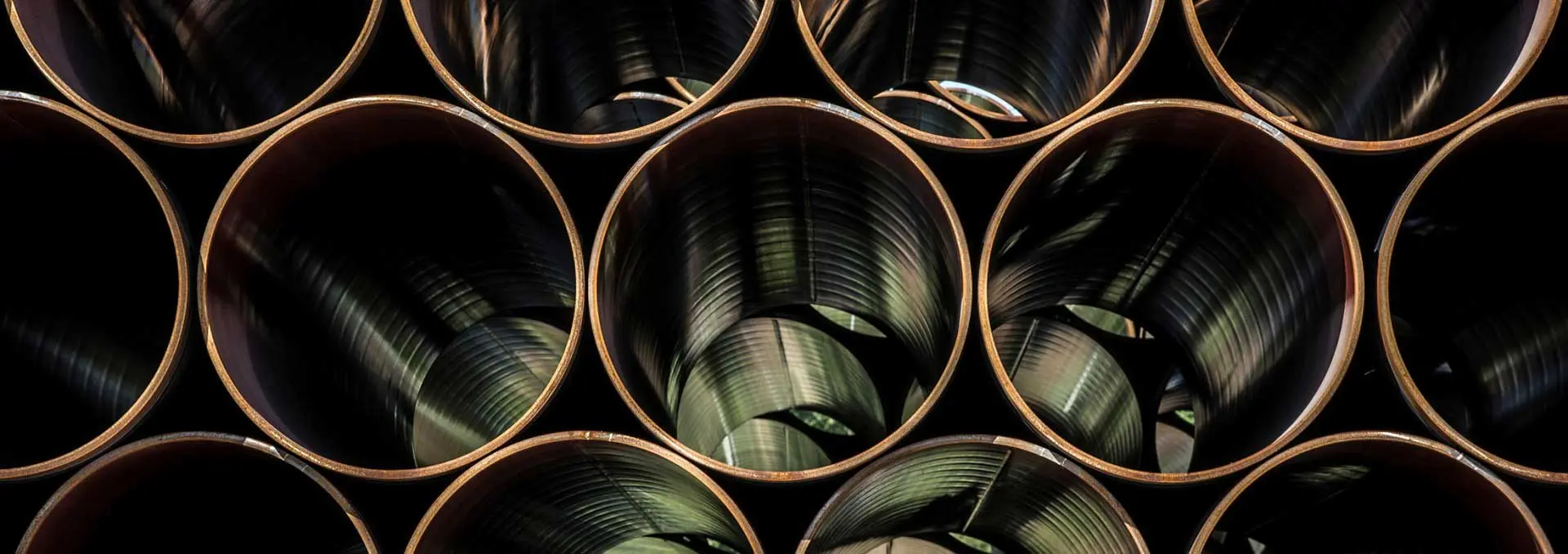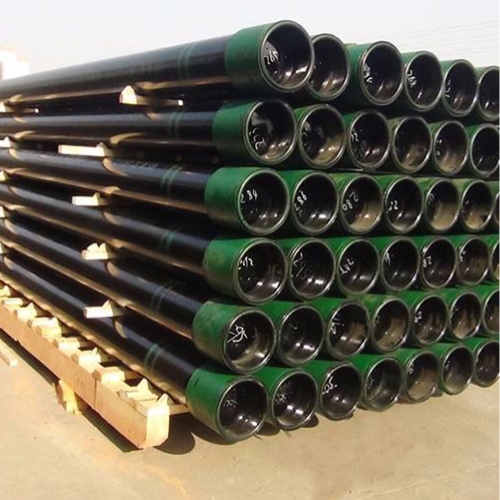Hydrostatic testing is a necessary step in the pipeline production process. It is used to test the water-tightness of weld seams and the pipe body itself. The test is conducted by filling the pipe with water and applying pressure. If there are any leaks, they will be revealed by this process. Hydrostatic testing is an important quality control measure that helps to ensure the safety and integrity of pipelines.
- Bend Test
The bend test is a critical quality assurance test for welded metal pipes. The test involves taking a sample of the pipe and applying a systematic force to it until it fractures. This helps to ensure that the pipe can withstand the stress of being bent without cracking. The results of the bend test can also be used to assess the quality of the welds, as well as the overall strength of the metal. As such, it is an important test for any company that manufactures or uses welded pipes.
- Flattening Test
The flattening test is a quality control test used in the manufacture of pipelines. The test is performed to determine the resistance of the pipe material to longitudinal and circumferential cracking, as well as to assess the deformation characteristics of the pipe under stress. The flatting test is an important indicator of the overall quality of the pipe and its ability to withstand stresses during operation. The results of the test can be used to adjust the manufacturing process to ensure that the pipes produced to meet the required standards.
- CVN Impact Test
In order to ensure the mechanical properties of pipeline steels, an impact test is usually performed. The test is conducted by freezing a sample of the steel to an extreme tempureture under 0℃ (32℉). The tempureture at which the sample breaks is then used to determine the steel’s impact strength. There are three main areas that are tested: the pipe body, the weld seam, and the heat-affected zone. By testing all three areas, manufacturers can be sure that their pipelines will be able to withstand whatever conditions they may encounter.
- DWTT
In the production of pipelines, DWTT is an impact test that is used to determine the strength of the pipeline material. It is usually performed on large diameter pipelines, and the results are used to determine the impact strength of the material. The impact strength of the material is important for determining the impact resistance of the pipeline. DWTT is performed by impact testing the material with a weight that is dropped from a height onto the pipeline material. The impact strength of the material is determined by measuring the amount of deformation that occurs during the impact. DWTT is an important test for pipeline production because it helps to ensure that the pipeline material can withstand the impact of being dropped from a height.

 English
English Español
Español




 Tel : +86-18565811709
Tel : +86-18565811709 Email :
Email : 







